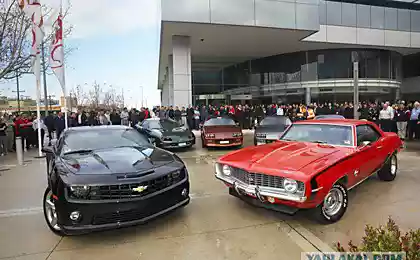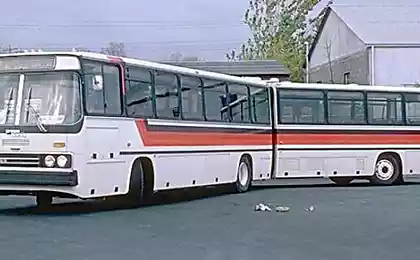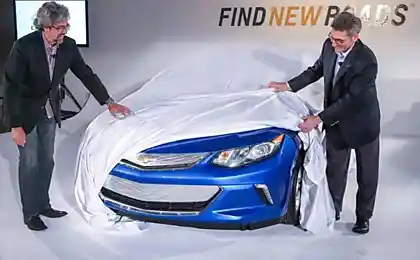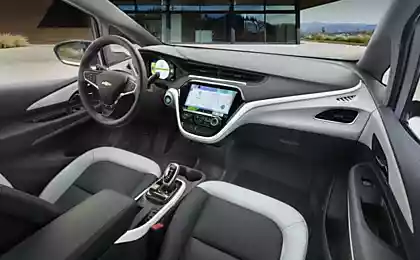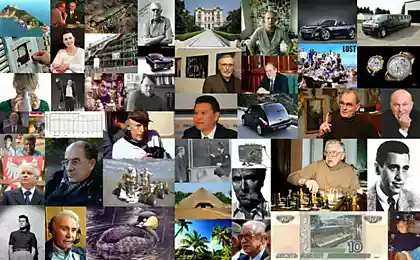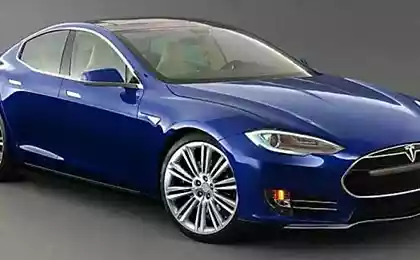719
"Buses of the future" from the past

General Motors used under its "parade of Progress" buses stylized, in which the interested public could marvel at the latest technological achievements, televisions, microwave ovens, stereos, etc.
The first "Parade of Progress" was launched in 1936 in Florida. Consisting of an impressive caravan of 8 buses GM Streamliner, described in brochures as "the world's largest highway leviathans". "Buses of the future" had to get on the roads, many of which could not boast of a hard surface, next to horse-drawn carts.
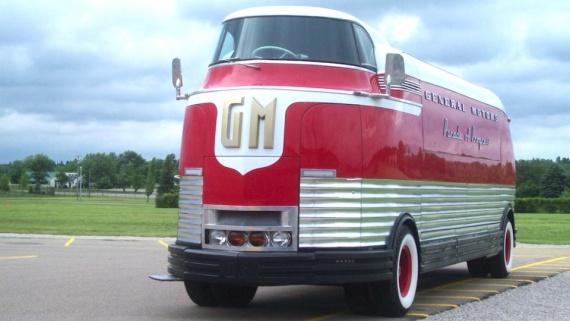
The first GM Futurliner was built for the world exhibition in new York in 1939. All GM has released 12 buses. The first of them was operated on the "Parade of Progress in 1940 and 1941. After WWII this practice was resumed, and in 1953 GM Futurliner went back to the streets.
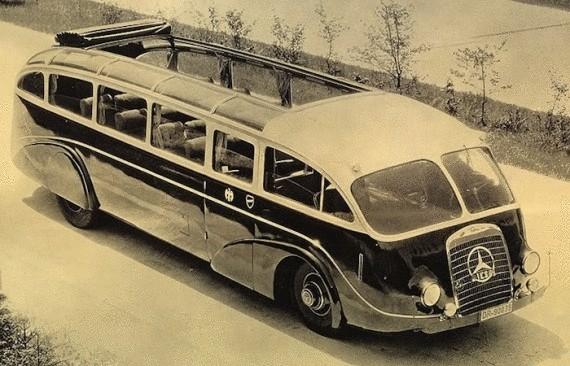
In the 1930s, many automakers thought to improve the aerodynamic characteristics of their cars. Pictured – Mercedes-Benz-based bus LO 3500. Streamlined shape of the body was considered at that time an integral feature of the transport of the future. In 1935-1936 the bus Mercedes-Benz LO 3500 with opening roof and individually lowerable window panes was carrying wealthy tourists.
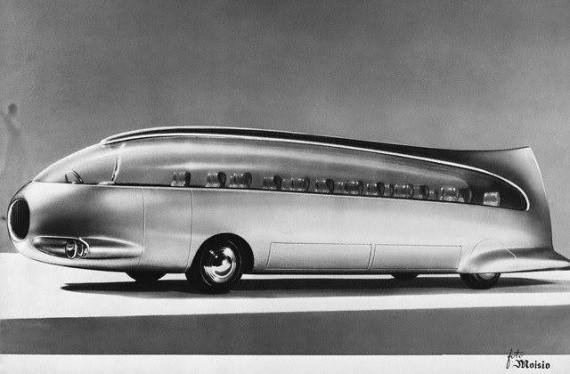
The Italian Viberti company that developed the bus, the Golden Dolphin, fully paid tribute to the fashion for streamlined contours. Form of the "Golden Dolphin" was dictated not so much a technical necessity as the pursuit of futuristic style. Alas, this "future" did not appear on the roads – apparently the bus in a plastic housing and could not overcome the resistance of the minds of investors and potential buyers, despite its flow, gas turbine engine and the estimated speed of 200 km/h.
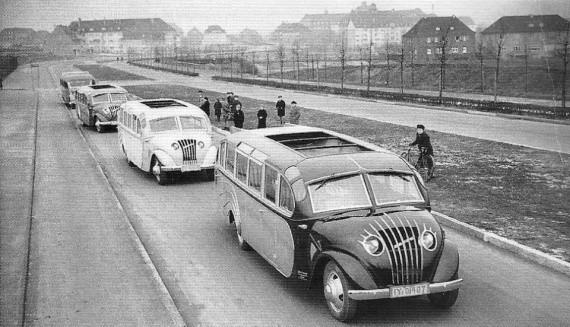
A more practical Opel Blitz in the modified Aero body was used not only during the Olympic Games in 1936 (for which, in fact, was built), but in the later time. Travel company ordered ODI Opel 5 such buses. Unusual Seating arrangement "Christmas tree" was intended to expand the review, the design used futuristic at the time made of anodized aluminum, and to improve the aerodynamic characteristics of the bus can accelerate to 120 km/h, the body construction was introduced tail fins.
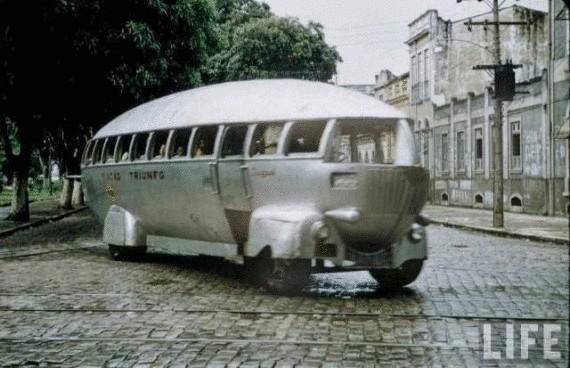
Unusual buses, built by order of owner Joaquim Lorenzo on the chassis of Dodge, running around the streets of belém in 1940, and later, in the early 1960s, several copies were sold in Manaus and Sao Luis. "Airships", which consisted mainly of iron and wood, was painted in aluminum color.
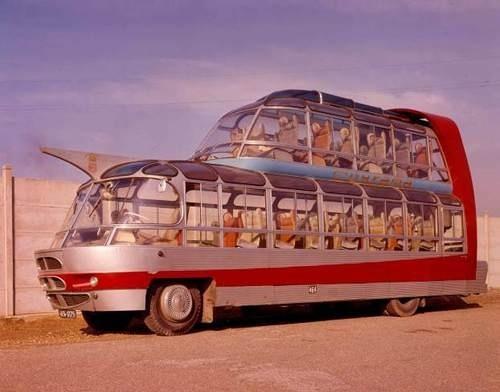
Double Decker bus built on the chassis of Citroen U55 truck, transporting clients of the tourist company Groupe Cityrama through the streets of Paris in the 1950-ies. Thanks to its extravagant appearance, the bus can be seen in several films of the time.
Source: brainswork.ru


